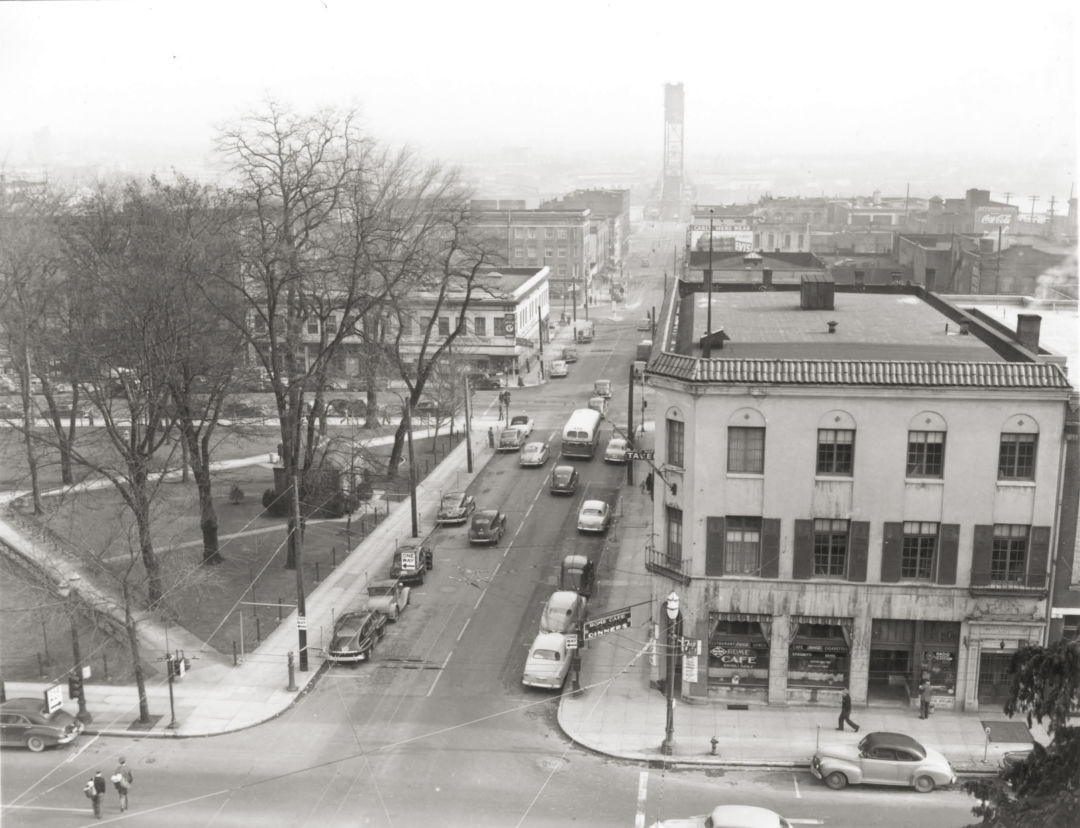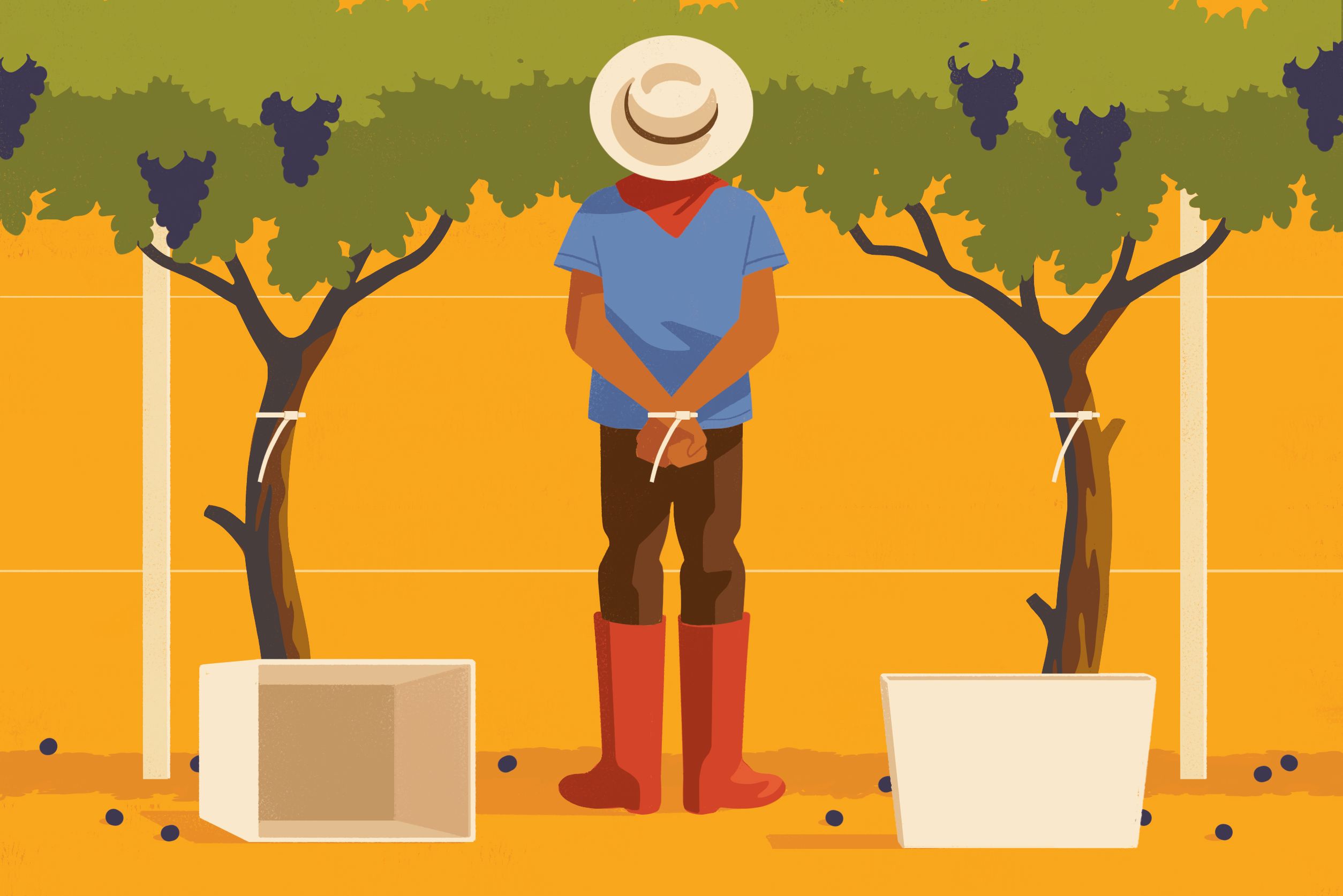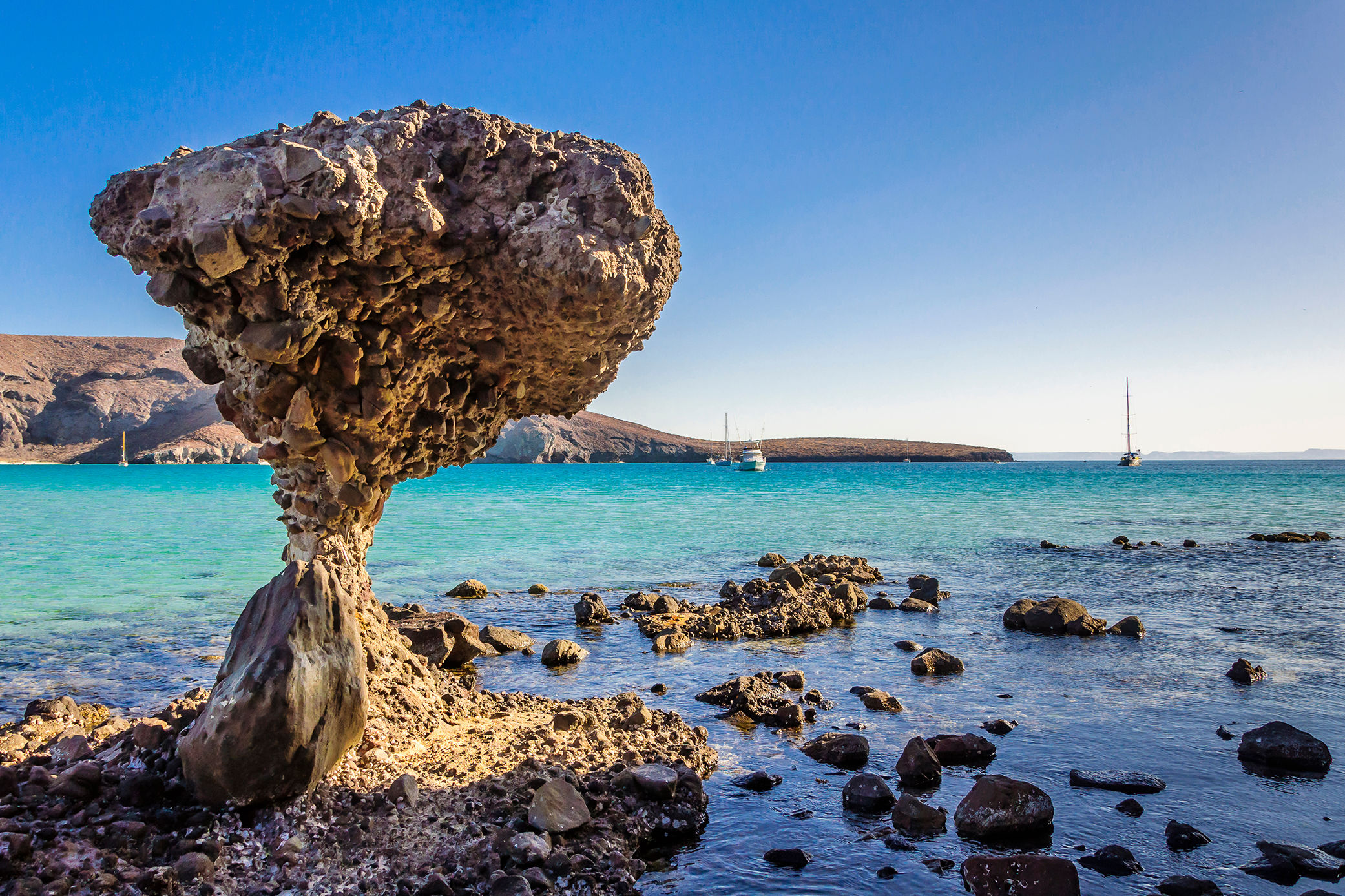Where Are Portland’s Vanished Immigrant Neighborhoods?

The Italian Federation Hall and Rome Café at SW Madison and Fourth in 1950. The lot is now part of Terry Shrunk Plaza.
New York’s Little Italy, Detroit’s Greektown, New Orleans’s Irish Channel, Louisville’s Schnitzelburg—in many long-settled eastern cities, 19th- and early-20th-century immigration history lives on in neighborhood names. In Portland we have only Chinatown left, which may not be the most accurate label for those downtown blocks just north of Burnside and close to the Willamette River. Livelier enclaves of Asian businesses now exist elsewhere (near 82nd Avenue’s “Jade District,” for example). And historically, this same area was Japantown before the World War II internment, and, for a long time, was also home to much of Portland’s black community.
The name is nevertheless a reminder of a particular chapter of Portland’s immigrant history. But where did other groups who came to Portland in large numbers cluster a hundred years ago? While at one point there would have been no need to ask, many old immigrant enclaves have slowly eroded with the turnover of generations, as well as highway construction (especially Interstates 5 and 405) and other modern development. Yet some left traces on the cityscape that can still be discovered.
Italian and Jewish South Portland
I-405, high-rise condos, and the Portland State campus have built over much of old South Portland. In the early 20th century this was a vibrant community filled with immigrants from Italy and Eastern Europe, housed in apartments and small, affordable “workingmen’s cottages.” Close to many jobs, from the 1890s to the 1940s the blocks from Clay Street south boasted the city’s largest immigrant community. Across from Lair Hill Park, the original home of Neighborhood House (the nonprofit today serves youth, families, and seniors citywide) was built to help Jewish newcomers from Poland and Russia adjust to American ways. Italian Americans clustered closer to the river, where a visitor could find the Sons of Italy, the Cristoforo Colombo Society, and Italian-language movies. If you climb the front steps of St. Michael’s church on SW Fourth, you’ll find its 1901 cornerstone, reading in Italian: Chiesa Italiana di San Michele Arcangelo, Fabricata Dalla Colonia Italiana di Portland, Oregon.
Scandinavians in Northwest
You might have enjoyed a slice and a movie at the Mission Theater without realizing it was once the Swedish Evangelical Mission Covenant Church, built to serve a Scandinavian neighborhood that stretched roughly from 10th to 18th north of Burnside. By 1912 the community was already being eroded by the railroad spurs and warehouses that would eventually transform the area into the Pearl District.
Irish and Croatians in Slabtown
St. Patrick’s Catholic Church now sits lonely and stranded between freeway ramps and parking lots, but back in 1889 it was built in the heart of working-class Slabtown, whose residents worked in riverside mills and factories. It originally served Irish immigrants, but by the 1920s Croatian and Slovenian newcomers made up the majority.
Inner North and Northeast Portland Melting Pot
Long a cornerstone of Portland’s African American community, the greater Albina neighborhood also once attracted Danish, Swedish, and Finnish immigrants. German-Russian immigrants—the descendants of Germans who had settled lands along the Volga River in the 1700s—clustered a few blocks inland, near present-day Irving Park. Meanwhile, Polish immigrants settled a little to the north, around Interstate and Failing. The White Eagle Saloon, down the hill near the railyards, was a Polish hangout.
Italians in Southeast
Well before Division Street became a heart of New Portland, it bordered the city’s second Italian neighborhood. Even near the end of the 20th century, older residents remembered tensions between middle-class kids from Ladd’s Addition bungalows and working-class Italian kids from south of Division.




